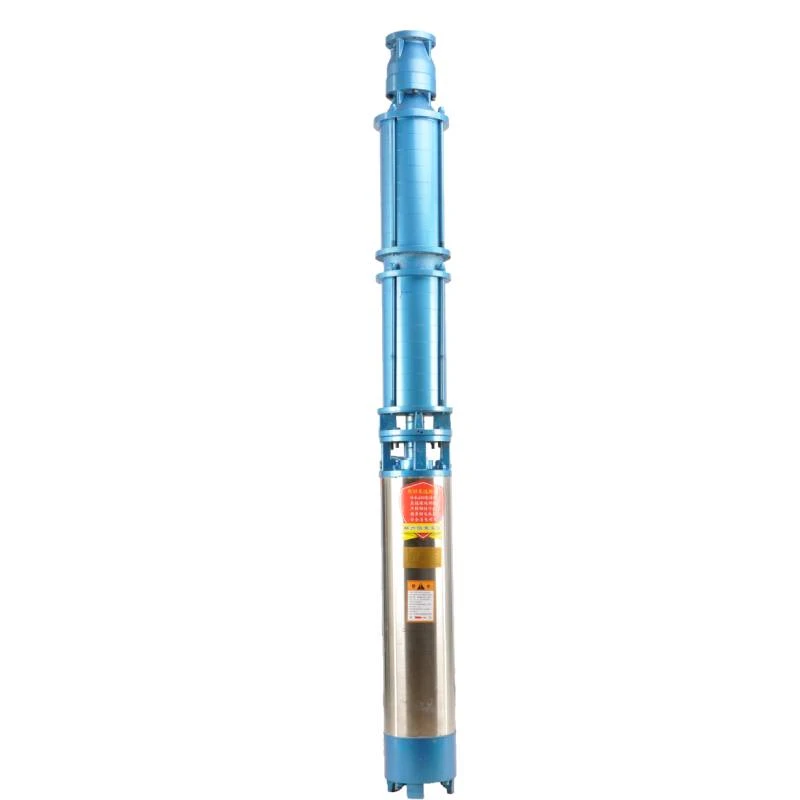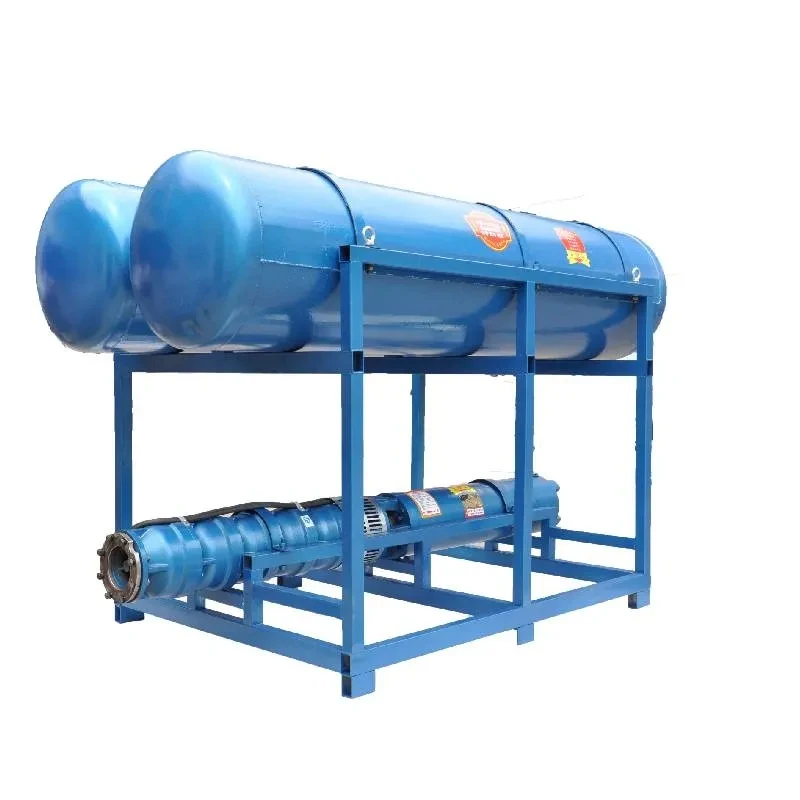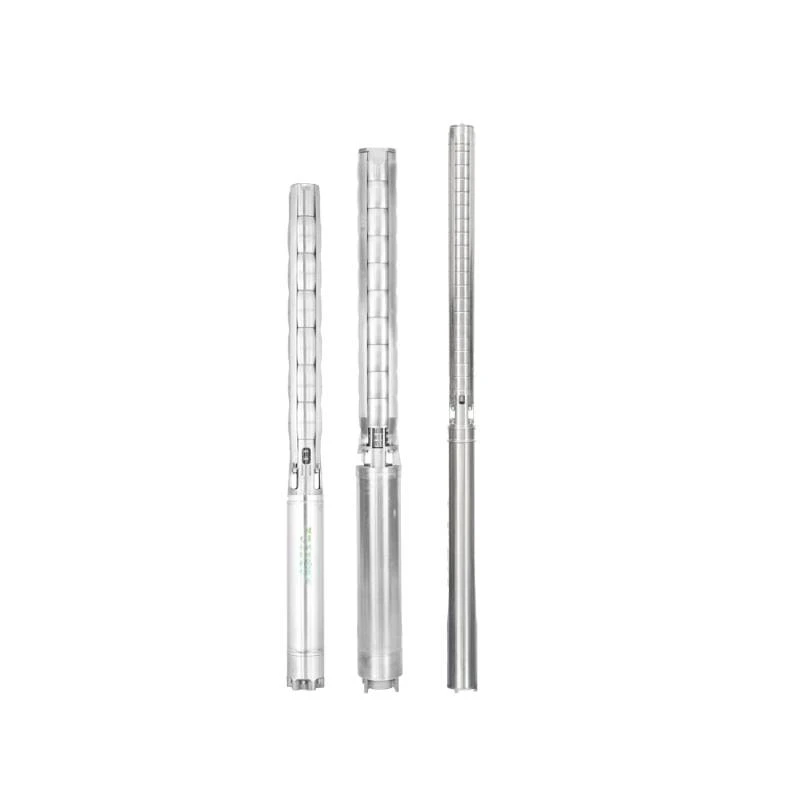নভে. . 28, 2024 11:43 Back to list
Understanding the Structure and Function of Deep Well Submersible Pumps
Understanding the Deep Well Submersible Pump A Diagrammatic Approach
In the realm of water extraction systems, the deep well submersible pump stands as a critical innovation, particularly for applications in both agricultural and municipal settings. Understanding its components and operational mechanics through a diagrammatic approach can greatly enhance our comprehension of its functionality and significance.
What is a Deep Well Submersible Pump?
A deep well submersible pump is designed to operate underwater, typically in wells that are deeper than 25 feet. The pump's motor and impellers are submerged in the water, allowing it to push water to the surface without the need for a surface-mounted pump. This configuration not only saves space but also enhances efficiency since the pump operates in a cooled environment, preventing overheating.
Components of a Deep Well Submersible Pump
1. Pump Bowl Assembly The pump bowl is the heart of the submersible pump. It contains the impellers that draw water into the pump and push it upwards. Each impeller increases the pressure of the water, making it rise to the surface. The number of impellers can vary based on the specific application and depth required.
2. Motor The submersible pump’s motor is typically located at the bottom of the assembly. It is specifically designed to operate underwater, with a hermetically sealed casing to keep water out. The motor is often a three-phase alternating current type to ensure reliable performance at various depths.
3. Column Pipe This component connects the pump bowl assembly to the discharge head at the well's surface. The column pipe serves to transmit the pumped water to the surface and support the weight of the pump below.
4. Discharge Head Located at the top of the well, the discharge head is where the water exits the pump. It also houses important elements such as a check valve, which prevents backflow, and sometimes a motor controller that regulates the pump's operation.
deep well submersible pump diagram

5. Power Supply and Control Panel An essential part of the system is the power supply that provides electricity to the pump's motor. Modern submersible pumps often include variable frequency drives (VFDs) for better control of water flow and energy efficiency.
Operational Mechanics
The operation of a deep well submersible pump is straightforward yet efficient. When the pump is activated, the motor drives the impellers, causing water to be drawn into the pump bowl assembly from the well. As the water enters the pump, it is incrementally pushed upwards through the column pipe. The design of the impellers allows for the generation of significant pressure, enabling the water to reach the surface, often at considerable heights.
The pump's efficiency is influenced by several factors, including the depth of the well, the viscosity of the water, and the pump's design specifications. It's crucial to select the appropriate pump for the specific application to optimize performance.
Advantages of Deep Well Submersible Pumps
Deep well submersible pumps offer numerous benefits, making them a preferred choice for many applications
- Efficiency These pumps are designed to operate efficiently at significant depths, reducing energy consumption compared to surface pumps. - Space-saving Being installed underwater eliminates the need for surface equipment, saving valuable outdoor space. - Durability Made from robust materials, submersible pumps are resistant to corrosion and can withstand harsh underwater conditions.
Conclusion
A deeper understanding of deep well submersible pumps, illustrated through their diagrammatic components, highlights their importance in modern water extraction systems. By knowing how each part works and their interaction within the pump assembly, users can appreciate the engineering that makes these pumps so effective in supplying water for various needs. Whether employed in agriculture, domestic water systems, or industrial applications, these pumps remain indispensable tools in our pursuit of accessible and reliable water resources.
-
Troubleshooting for Water-Filled Submersible Pumps
NewsJun.04,2025
-
Troubleshooting for Floating Deep Well Submersible Pumps
NewsJun.04,2025
-
How to Choose SS Submersible Pump for Deep Well Applications
NewsJun.04,2025
-
Floating Deep Well Submersible Pump Cost: Factors Affecting Pricing
NewsJun.04,2025
-
Buying Guide for Deep Well Submersible Pumps
NewsJun.04,2025
-
Best Submersible Pumps for Agriculture and Irrigation
NewsJun.04,2025
-
 Troubleshooting for Water-Filled Submersible PumpsSubmersible pumps are essential for various applications, including irrigation, drainage, and water supply systems.Detail
Troubleshooting for Water-Filled Submersible PumpsSubmersible pumps are essential for various applications, including irrigation, drainage, and water supply systems.Detail -
 Troubleshooting for Floating Deep Well Submersible PumpsWhen it comes to reliable water extraction solutions, the floating deep well submersible pumps stands out as a top choice for both residential and industrial applications.Detail
Troubleshooting for Floating Deep Well Submersible PumpsWhen it comes to reliable water extraction solutions, the floating deep well submersible pumps stands out as a top choice for both residential and industrial applications.Detail -
 How to Choose SS Submersible Pump for Deep Well ApplicationsWhen it comes to deep well water extraction, selecting the right pump is crucial for efficiency, durability, and long-term performance.Detail
How to Choose SS Submersible Pump for Deep Well ApplicationsWhen it comes to deep well water extraction, selecting the right pump is crucial for efficiency, durability, and long-term performance.Detail
